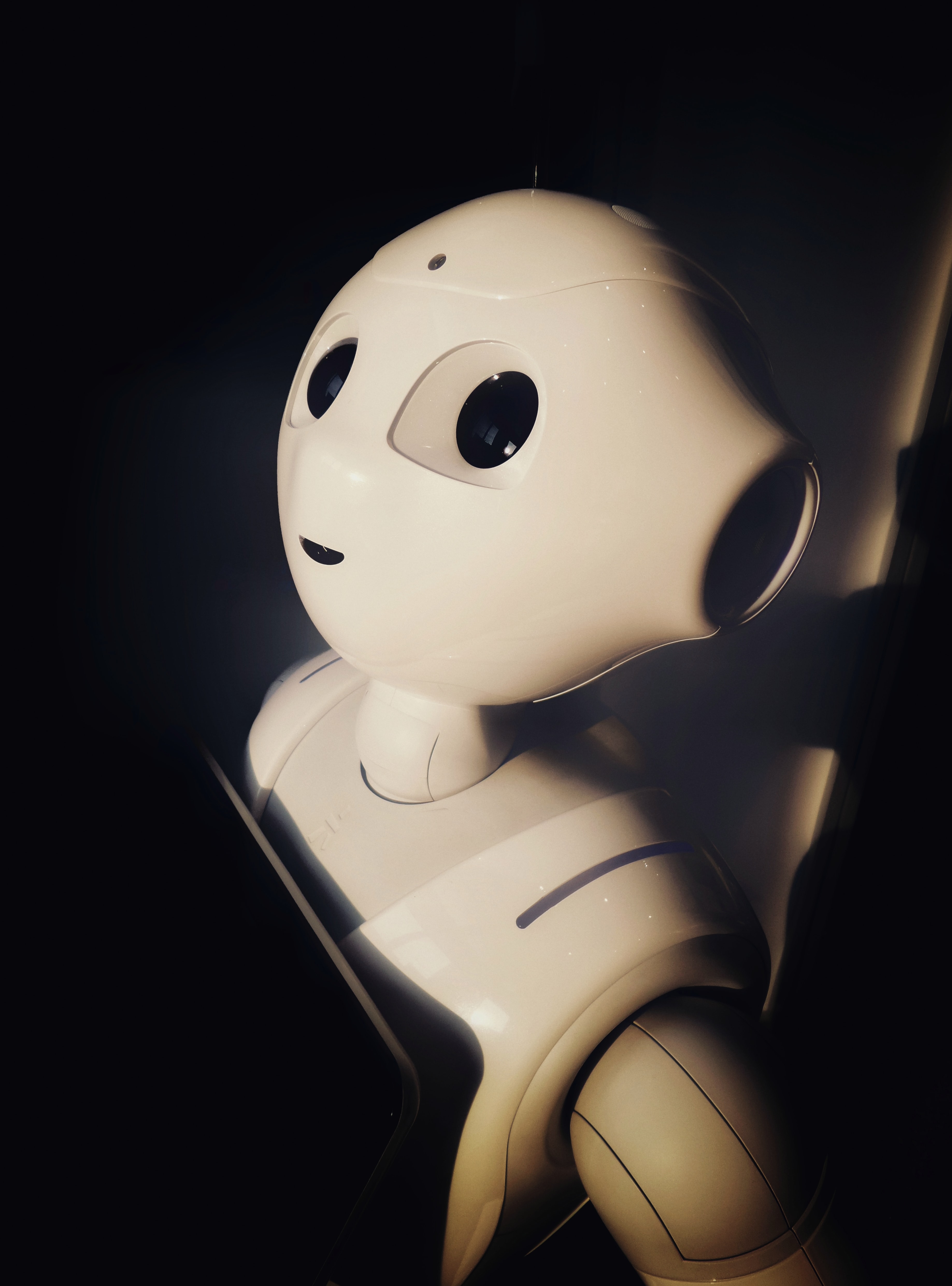The robot revolution

With a recently released animation called “Let’s Start Building the Future,” Coop Himmelb (l) au announced his intention to take digital production to a radically new scale to show how technology affects almost every aspect of the architectural profession. The rise of design data modeling and other modeling software has changed the way architects and engineers navigate the construction process, allowing us to create increasingly complex shapes that can be modeled with CNC machining and 3D printing, but there is still a big difference between the technologies. available to architects and used by builders. In terms of the actual construction of the building, we are limited by the high cost of atypical components and labor – but automated practices that have now changed the manufacturing industry can revolutionize the way we build.
Information about design and architectural form using automated processes:
Last week, ArchDaily collaborated with Wolf D.Prix, co-founder, chief design officer and CEO of Coop Himmelb (l) au, on his ideas for the future of construction and the role of architects in increasingly technological practice. After the break, you can read about how robots can influence architectural design, construction, and the future of the industry.
The video itself reveals the process as it could be used in a museum of contemporary art and a design exhibition in Shenzhen’s new center, the Futian Cultural District. According to the architects, “the project is seen as a synergistic combination of two institutions, the Museum of Contemporary Art (MOCA) and the Design Exhibition (PE), whose various program elements, although each shaped according to their functional and performative requirements, are assembled into a monolithic body. to attain sinful forms.
Information about the project as a whole:
It is clear that such a radical proposal will certainly provoke debate, as the automation of the construction industry has far-reaching economic and social consequences. As the first assembly lines in the automotive industry show, machines are always more cost-effective, and the economic need outweighs the ethical considerations in reducing jobs. In this way, technological development is inevitable for economic development and can also have a real impact on architecture. With recent innovations in digital manufacturing, there is a danger for a new type of mass-produced architecture, but by taking ownership of and exploiting this technology, architects have the opportunity to respond appropriately to everyday life, repetitive buildings do not respond to their context.
I think it’s the first building built by robots, just robots. From the fabrication of factory elements to the construction of a real building with the help of robots only. If this happens globally, it will revolutionize an industry that has been roughly the same for 5,000 years.
The architect must consider the consequences of this technological revolution. A serious topic of discussion in the near future is that builders may be unemployed if their jobs are replaced by machines.
This technique has other advantages and disadvantages. These robots are controlled by a building data modeling system, and one advantage is that it is much faster, eight weeks instead of eight months.
We have been interested in this unique type of architecture for years. Namely, to create identifiable buildings with the help of the Gestalt. [With this technology], we can build efficiently and affordably – so people who think our buildings are too expensive are wrong.
About future young architects:
I am more interested in invisible architecture than visible. Visible is like the top of architecture. You need to see the invisible architecture with the same eyes to shape it the way you want. This means that students and young architects need to think about things like: What do we do with workers on site when robots take their jobs?
This is what architecture should think about, not talk about clay and the building climate – this is also important, but it is much more important to consider how society responds to the proposals we make and how we can solve complex problems with complex solutions.
